Dhaka, Jan 02 (V7N)-Ramiza (not her real name), a 35-year-old former sex worker, faced a tragic life from an early age. After losing her parents in a fatal road accident when she was just nine and a half years old, she moved to her maternal uncle’s house. Initially cared for by her grandmother, her hardships deepened when her grandmother passed away when she was only 13. From then on, her uncle’s wife subjected her to daily abuse, even though Ramiza diligently handled all the household chores.
One day, a man she considered an “uncle” promised her employment at a garment factory. Hoping for a better future, she left her uncle’s house one night, only to be betrayed and sold to a broker who forced her into sex work. She soon fell into a nightly habit of drug use. After falling ill, doctors discovered she had contracted HIV. Today, she volunteers for a local non-governmental organization (NGO), raising awareness among other sex workers about HIV/AIDS.
A recent study by the Directorate General of Health Services (DGHS) reported that 1,276 new AIDS cases were detected in Bangladesh this year, with 266 fatalities—the highest figures recorded in a single year for the country. Among the new cases, 1,118 were Bangladeshi nationals and 158 were Rohingya refugees living in Cox’s Bazar, according to the study.
In comparison, last year saw 947 new infections and 232 deaths due to AIDS. Since Bangladesh’s first reported AIDS case in 1989, the country has identified 10,984 patients, with 2,086 of them having died. However, DGHS officials estimate that the actual number of people living with AIDS in Bangladesh exceeds 15,000.
In a keynote presentation, Md Mahfuzur Rahman Sarkar, Programme Director at DGHS, shared that Dhaka accounts for the highest number of AIDS patients (342), while Rangpur has the lowest at 34. Other figures include 246 patients in Chattogram, 175 in Rajshahi, 141 in Khulna, 79 in Barisal, 61 in Sylhet, and 40 in Mymensingh.
DGHS Director General Prof Abul Bashar Mohammed Khurshid Alam emphasized the need for intensified efforts. "Bangladesh has achieved success in eliminating or controlling many diseases, but progress against AIDS has stagnated," he said. He stressed the importance of enhanced diagnostic and treatment measures to fully eradicate AIDS, urging greater vigilance against the disease.
Globally, HIV remains a critical public health issue. According to the World Health Organization, by the end of 2020, approximately 37.7 million people were living with HIV, and 680,000 died of HIV-related illnesses that same year.
World AIDS Day, observed annually on December 1, serves as a moment for global unity in fighting HIV, supporting those affected, and remembering those lost to AIDS.
Khurshid Alam expressed optimism that Bangladesh could eliminate AIDS by 2030. The government has launched extensive initiatives, such as expanding HIV testing to all district-level hospitals, fostering collaboration between the foreign affairs and expatriates’ welfare ministries to monitor migrant workers, ensuring prevention programs for mother-to-child transmission, and raising public awareness.
The Prioritised HIV Prevention and Treatment Services for Key Population in Bangladesh project noted that although 11 hospitals in the country provide HIV treatment, patient turnout remains low.
The project also revealed that 84% of HIV-infected individuals fall within the 19 to 49 age range, with many contracting the virus through intravenous drug use.
END/MSS/HON/AJ



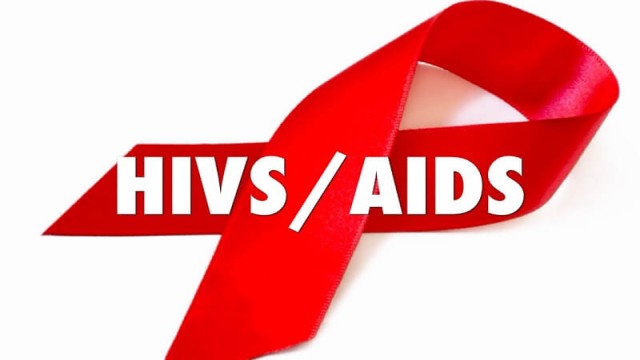
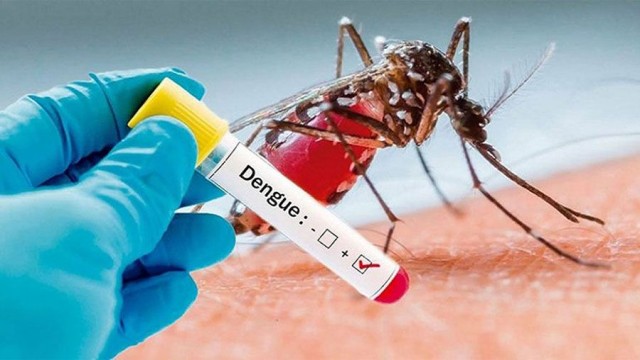
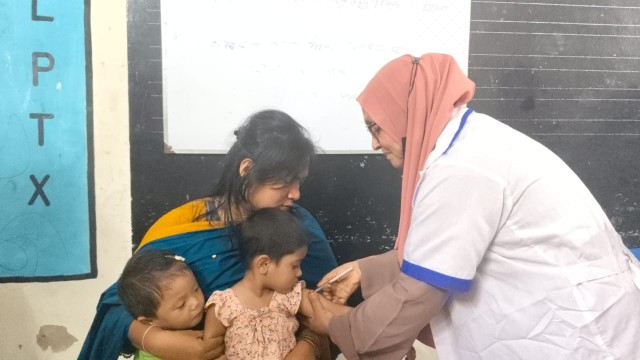

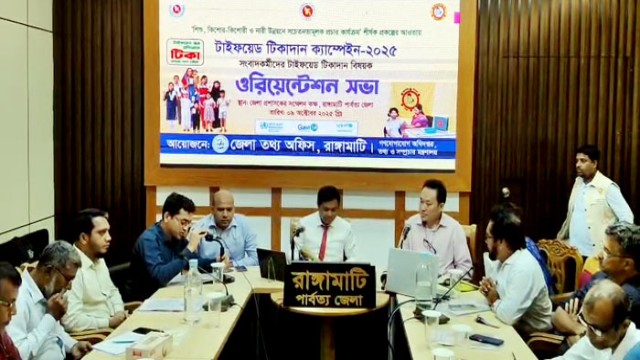
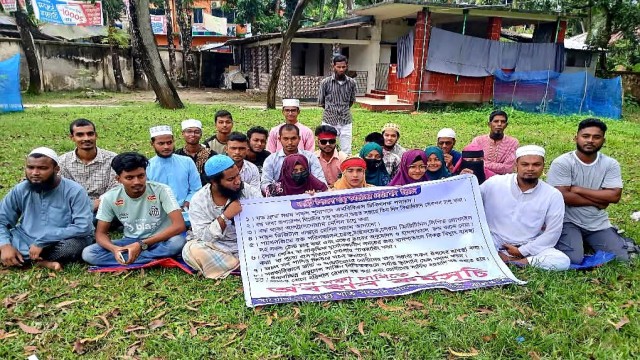
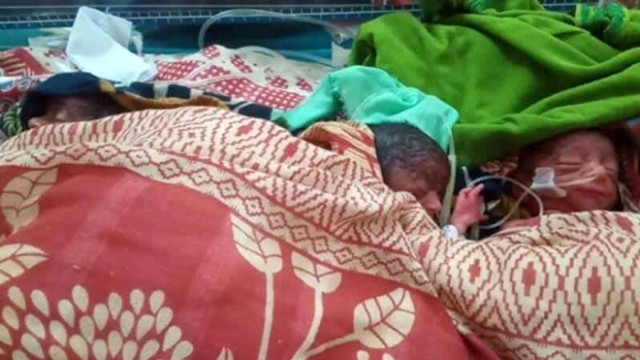



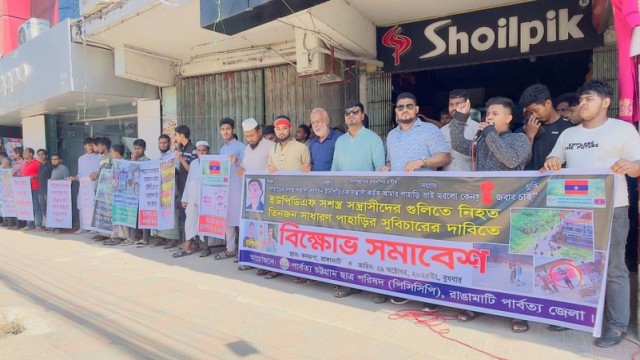
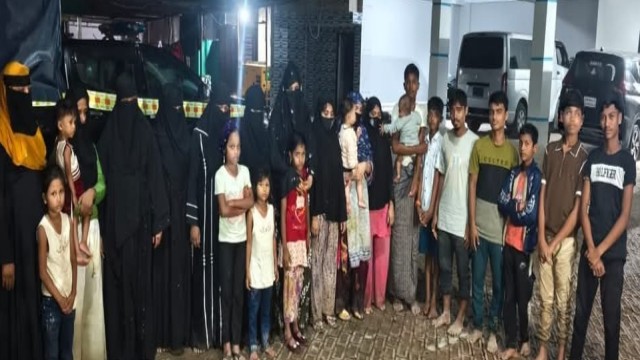
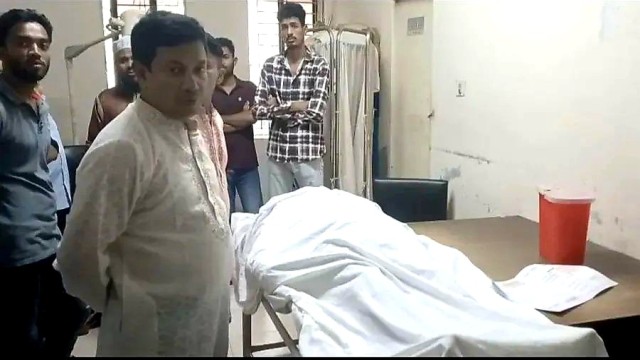
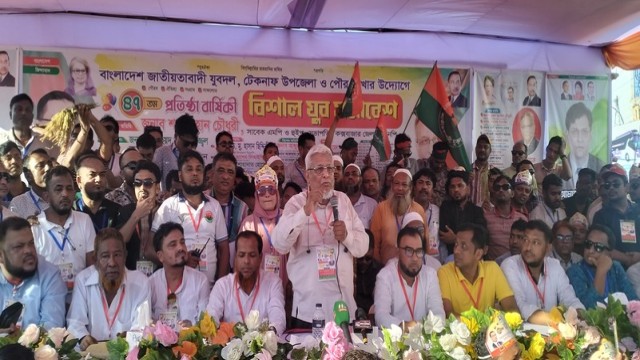
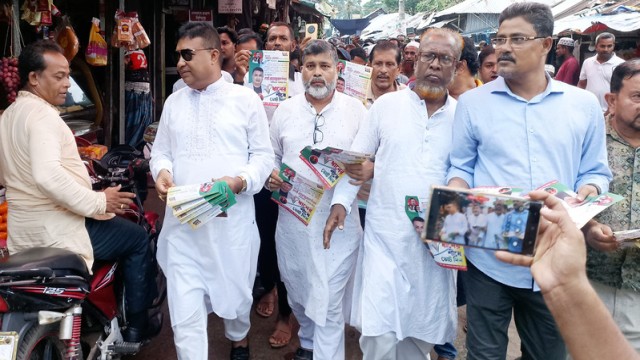
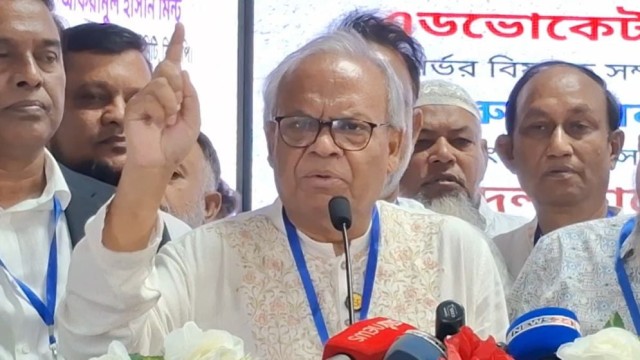
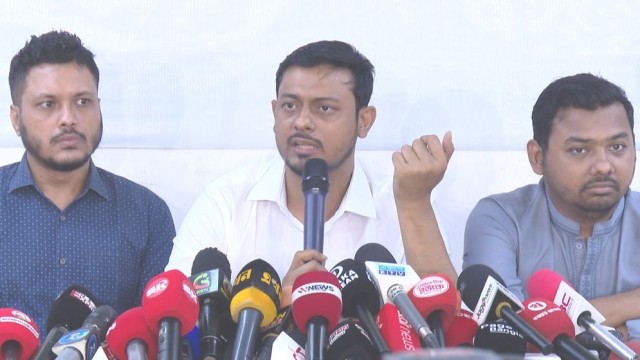

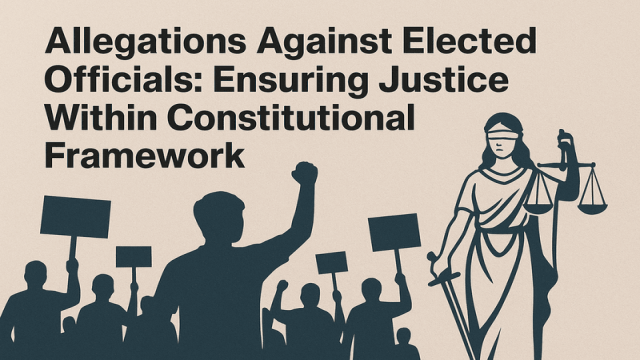
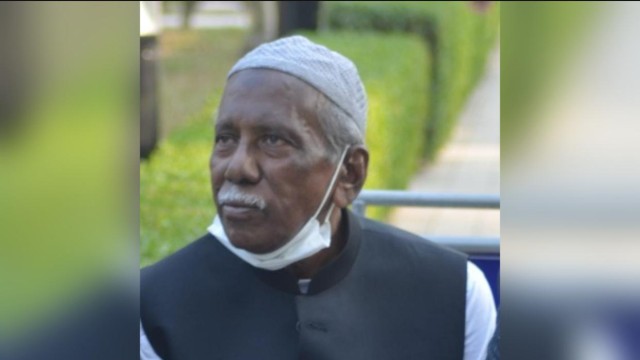



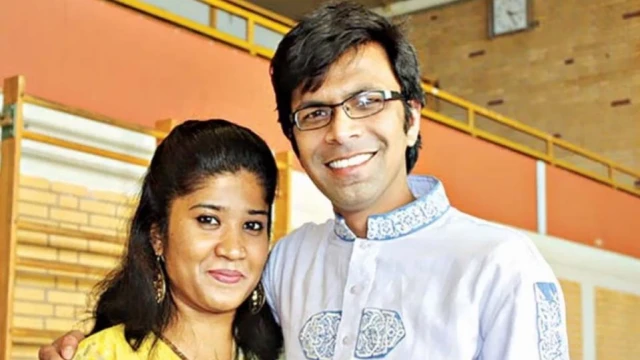


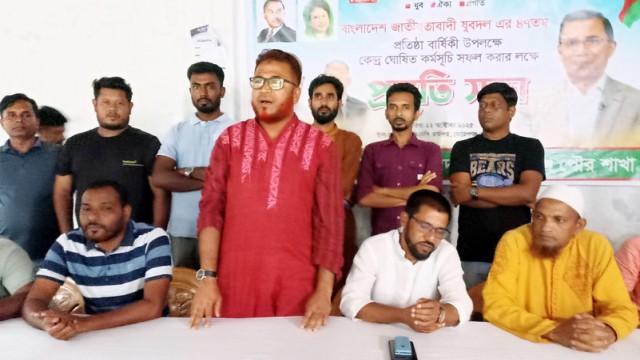

Comment: